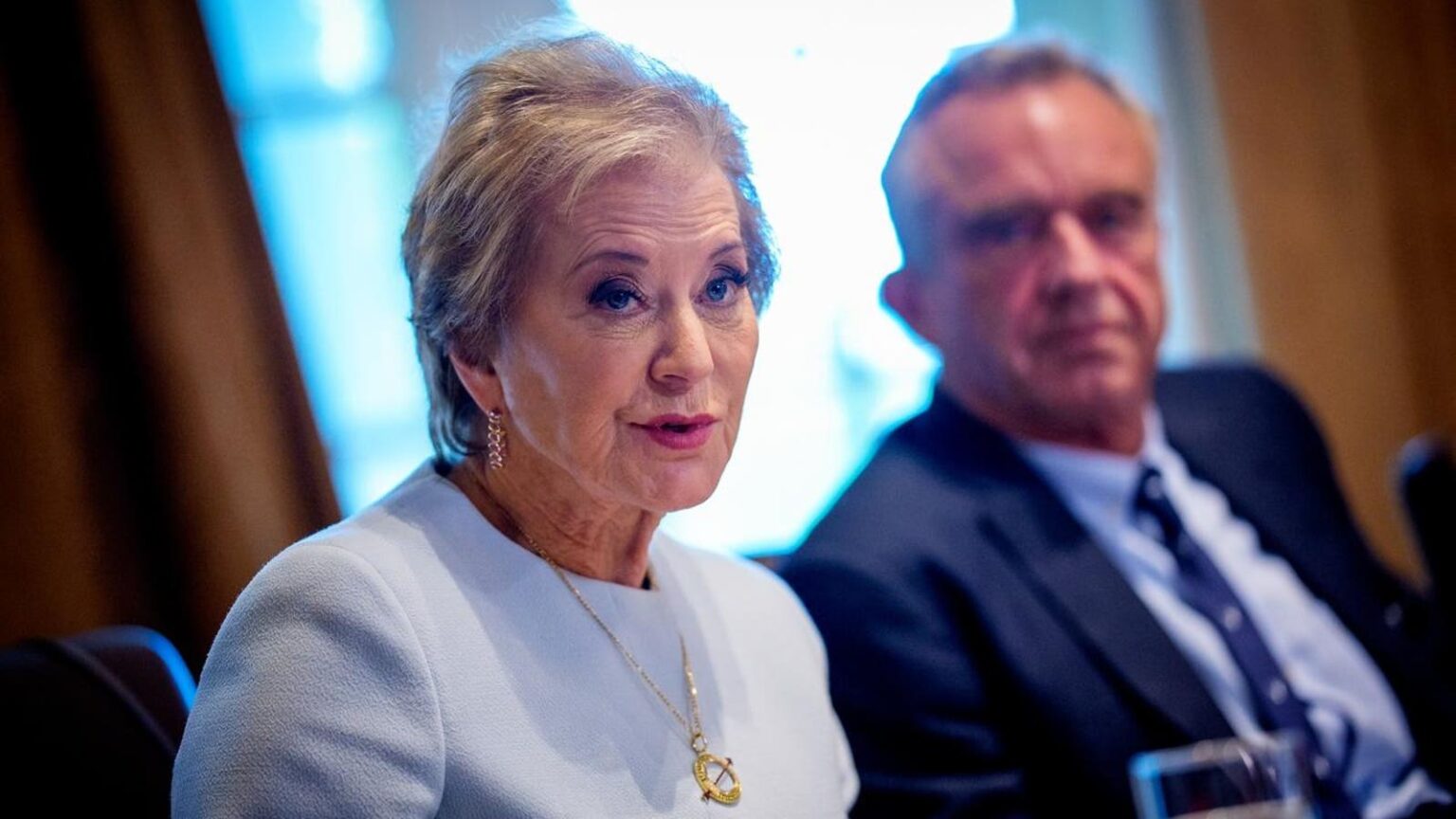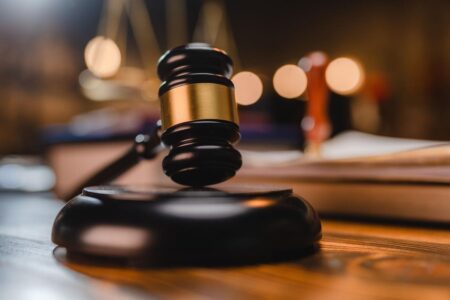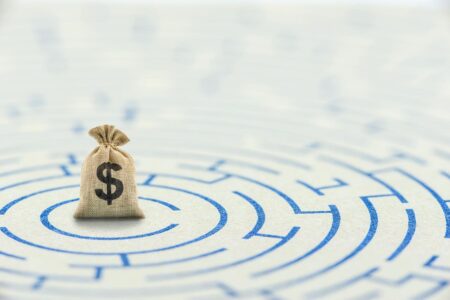The Trump administration last week revealed that nearly 50,000 applications for a key student loan forgiveness “buyback” program remain stuck in bureaucratic limbo, with no resolution in sight. Some borrowers have been waiting nearly a year for a decision.
The new data was included in a Department of Education court-ordered status report filed as part of a broader legal challenge over the administration’s failure to process applications for income-driven repayment plans. The department had paused the entire IDR application system after a federal appeals court in February broadened an ongoing injunction that has blocked the SAVE plan, a Biden-era repayment program that reduced borrowers’ monthly payments and fast-tracked student loan forgiveness for some.
But while the department blamed the IDR application processing pause on the ongoing legal battles, no explanation has been offered for the widespread delays associated with PSLF Buyback applications. Here’s what might be going on.
How PSLF Buyback Can Lead To Student Loan Forgiveness
PSLF Buyback is a new program launched during the Biden administration to improve access to Public Service Loan Forgiveness, or PSLF. The PSLF program allows borrowers working for eligible nonprofit and government entities to receive student loan forgiveness after making 120 qualifying payments, the equivalent of 10 years. But most periods of deferment and forbearance do not count toward PSLF, even if the borrower is working in qualifying employment during the period.
PSLF Buyback is designed to give borrowers an opportunity to petition for non-qualifying deferment and forbearance periods to count toward student loan forgiveness. If approved, borrowers would make a lump sum payment equivalent to what the borrower would have paid under a qualifying repayment plan (typically an IDR plan), multiplied by the number of months being bought back. Borrowers would have 90 days to make the payment upon approval, and they would then receive student loan forgiveness.
The program does have important eligibility rules and restrictions, however. PSLF Buyback is only available to borrowers who have at least 120 months of certified, qualifying employment. And the bought-back months (if approved) must get the borrower to the 120-month threshold for student loan forgiveness under the PSLF program. In addition, not all periods are eligible for PSLF Buyback.
“You can’t buy back months during which your loan was in any of the following statuses: In-school or In-origination, In-grace, Default, Bankruptcy, Total and permanent disability monitoring,” says Department of Education guidance on PSLF Buyback. In addition, “You can’t buy back any months on loans that are: not a Direct loan, in a paid-in-full status, in a forgiven status, in a discharged status, or included in a Direct Consolidation Loan.”
Department Of Education Reveals Large Student Loan Forgiveness Application Backlog For PSLF Buyback
In its court filing last week submitted on behalf of Secretary of Education Linda McMahon, the Department of Education confirmed that – notwithstanding the other restrictions on PSLF Buyback eligibility – most periods of deferment and forbearance are eligible to be counted toward student loan forgiveness through PSLF Buyback. These include hardship forbearances, cancer treatment forbearance, medical or dental residency forbearance, Department of Defense forbearance, AmeriCorps forbearance, general forbearance (including the SAVE plan forbearance), active military duty forbearance, PSLF processing forbearance, and certain other processing forbearances.
Notably, a bankruptcy forbearance is listed as a qualifying forbearance in the department’s court filing, but it is expressly listed as non-qualifying on the department’s PSLF Buyback website. The filing was also noteworthy in confirming that the SAVE plan forbearance is eligible for PSLF Buyback, as many borrowers stuck in that forbearance who are nearing student loan forgiveness eligibility under PSLF have applied for relief through PSLF Buyback.
But the department’s court filing also unveiled a massive backlog. Out of 50,790 PSLF Buyback applications, only 1,472 were processed as of April 30 (and it is unclear how many of those were approved or denied). That leaves 49,318 PSLF Buyback applications that remain “pending” as of April 30.
Why Student Loan Forgiveness May Be Stalled For PSLF Buyback
The same court filing also revealed a massive backlog of more than 1.9 million IDR applications that remain unprocessed. The Department of Education has argued that following the federal appeals court order in February that broadened the existing SAVE plan injunction, officials had no choice but to shut down the entire IDR application system to update application procedures to ensure compliance with the new court order, resulting in the present backlog.
But the department has offered no explanation for the PSLF Buyback backlog, which is effectively blocking student loan forgiveness for up to 50,000 borrowers (although it is unclear how many of those borrowers meet the criteria for approval under the program). PSLF itself is not facing any legal challenge, and the PSLF Buyback program is not blocked or enjoined by any court.
However, it is possible that the processing delays could also be related to the SAVE plan injunction. Assuming many of the pending PSLF Buyback applications are from borrowers who are stuck in the SAVE plan forbearance, the Department of Education may be having difficulty determining the buyback amount for these borrowers. If the department is unable to utilize the SAVE plan repayment formula in light of the ongoing court order blocking SAVE, there may be questions about how the PSLF buyback amount should be calculated. One potential option would be for officials to calculate the buyback amount using one of the other available IDR plans that are not blocked, such as Income-Based Repayment or Pay As You Earn. But to do that, the Department of Education may need updated income information from borrowers.
That shouldn’t be a problem, as requesting income information from borrowers applying for PSLF Buyback is supposed to be a normal part of the process in certain cases.
“If you were not in an IDR plan before or after the months you’re buying back, we’ll request tax information for that calendar year to determine the amount that you would have paid under an IDR plan,” says Department of Education guidance. “If your deferments or forbearances cross over multiple tax years, then we will need your tax information for each year.”
But it’s also possible that due to recent mass layoffs at the department, there simply isn’t sufficient staffing to efficiently process thousands upon thousands of case-specific applications for student loan forgiveness, particularly when additional information (such as updated income data) may be required.
What Borrowers Pursuing Student Loan Forgiveness Through PSLF Buyback Can Do
Borrowers stuck in the SAVE plan forbearance who have applied for student loan forgiveness through PSLF Buyback and are still waiting on a decision don’t necessarily have great options. But one possibility is to pursue a parallel track of switching to a different IDR plan so that they can resume making qualifying PSLF payments while their buyback application remains pending.
“Borrowers can apply to enroll in a different PSLF-eligible repayment plan,” says Department of Education guidance on the ongoing legal challenges. “We encourage borrowers to look at the specific terms of each plan to make the best choice for their individual situation. Different IDR plans may require different monthly payments and—in the case of the IBR Plan—borrowers who later leave them may face interest capitalization (where unpaid interest is added to the principal balance). However, payments made under these IDR plans will count toward forgiveness under IDR and PSLF.”
However, borrowers who apply to change to a different IDR plan will have to get in line behind the 1,985,726 pending IDR applications associated with that backlog. The bottom line is that given the ongoing processing delays across the board, many borrowers applying for student loan forgiveness through PSLF may be stuck in limbo for quite some time.
Read the full article here











